Red Star - Japanese beautiful Clematis. His appearance turns a simple garden in a paradise place. And when large raspberry inflorescences are dissolved on Clematis, the air is filled with a gentle suite aroma. This variety is rather rare, but its unpretentiousness, excellent winter hardiness and gorgeous decorativeness, force the gardeners increasingly growing this unique flower. All the subtleties of cultivation of Clematis Red Star will discuss further.
Clematis Red Star, description
- Clematis Red Star is a long-term hybrid belonging to the Lutikovy family.
- Flowers large (up to 14 cm in diameter), light red to magenta tint, visible pale pink band in the middle of each lobe and a slight green tint.
- Fabric flower terry or semi-double.
- Sepals form at Red Star irregular, wavy on the edge, lanceolate.
- Stamens adorn the cream-colored strands, decorated with a group of anthers purple color.
- Clematis adult height of 2 m.
- Cutting type - and a second moderated.
- Flowering clematis have two waves: May-June and October-September.
- Foliage lush green, its location opposite, form can be simple and complex.
- The variety is suitable for cultivation in the lattice, the fence and other supports as actively creeping up, clinging to the petioles of leaves. Excellent growing in containers.
- landing zone clematis Red Star - 4 (up -35⁰S).
Clematis Red Star, especially planting
Red Star - grade with moderate requirements for the place of growth and weather conditions. The main thing is for it to provide suitable soil, reliable support and plenty of light.
The choice of location for planting clematis Red Star
- Hybrid Clematis Red Star needs a bright area.
- It is better to choose a cozy place with an abundance of light and the complete absence of severe winds.
- Experience growers shows that Red Star, as well as all clematis, with great pleasure that blooms in the areas to the south and south-west orientation.
- Allowed moderate shading. But the duration of daylight should be more than 6 hours.
A suitable soil for clematis Red Star
- Optimal variant for clematis Red Star - fertile loam with a high degree of friability.
- The soil should be flawless to pass moisture and does not interfere with aeration.
- Absolutely contraindicated use sour, heavy soils with excess salt.
Process planting clematis Red Star
Red Star planting clematis can be carried out in the spring or in autumn eve. The whole process goes like this:
- Prepare and assemble the support. The required height of the building - from 2 m and above. Location support should be away from the blank walls to the roof of the waste water did not damage the roots of clematis.
- Before planting the seedling roots examine if there are traces of drying, they must be soaked in water for 2-4 hours.
- Required planting hole prepared: making a mixture of humus and sand, 400 g ash, 120 g of mineral fertilizer.
- From the prepared soil make a hill, on it a rhizome clematis, carefully straighten the roots of all.
- Then the roots covered with soil, the root neck and deepened in order to prevent freezing.
- The seedling is watered, then fall asleep with a ringing circle.
- At first, Clematis is dialed. For this purpose, it is possible to land nearby annuals, such as velvets or perennials with a shallow grinding rhizome - phlox or irises.
Clematis Red Star, Garden Care
Care for Clematis Large-flowered Red Star is very simple and lies in watering, trimming, frequent fertilizer.
Watering Clematis Red Star
Clematis watered abundantly, but the water is not stood. In the hot time, the spraying of greens is welcomed. After irrigation, the soil should be loosened if weeds appear, they are removed.
Clematis Fertilizer Red Star
- The first year passes without feeding.
- All subsequent years in springtime, nitrogenous fertilizers are made to grow greenery.
- During the bootonization period, complex fertilizers for flowering crops are used.
- In August, phosphoric-potassium fertilizers are introduced instead of nitrogen mixtures.
- Regularity of feeding - twice a month.
Crossis Crossis Red Star
- In the first year, it is necessary to break the first buds and pinch the top.
- Planned trimming starts before the arrival of frosts. Since Red Star blooms on last year's shoots, its trim is carried out according to the second type.
- In the first year, all shoots are cut off, apart from the main one, it is left at 25-35 cm. This will ensure a good growth of side shoots.
- Then they get rid of dry or damaged shoots every year.
- The shoots of last year are definitely preserved, otherwise Clematis will not bloom.
- The trimming of each escape is made at the level of 140-150 cm so that at least 12 nodes remain on it.
- In an adult bush, it is recommended to leave about 14 shoots. This quantity is enough for abundant flowering.
Zimovka Clematis Red Star
After trimming, the plant begins to cook for wintering:
- Before the onset of night frosts, the root area is plunged with the use of a garden land or humidia to a height of 12-14 cm. It helps protect the plant from an early light shock.
- Then the soil in the attractive circle is watered with a solution of any fungicide and richly sprinkled with wood ash. This is necessary for the prevention of fungal diseases.
- On the eve of winter, when the soil is already well freezed, Clematis is finally covered.
- For shelter use a boardwheel, which covers shoots twisted in the form of a ring. From above, the drawer is covered with a sweetheart. You can also store twisted burlap shoots.
- In winter, if the shelter of Clematis was not enough to be covered with a snowy bedspread, the snow threw themselves.
On a note! If winter was very harsh, some shoots can be frozen. It won't hurt Clematis, but blooming can be a little late.
Clematis reproduction Red Star
Clematis Red Star determine the division of the bush:
- For division, a bush aged from 5 to 7 years is used. Young bushes do not tolerate the transplant, so they do not touch them up to 4-5 years. In adulthood (more than 8 years), Clematis has a big and durable root system, which is damaged when digging. Therefore, the old bush breed only at the time of its rejuvenation.
- They are carried out either in the spring until the kidneys have moved, or in early autumn, so that the plant so that the plant should be rooted to frost.
- Before digging the bush, cut off its overhead part. Leave only a couple of kidneys on hemp.
- The bush is digging with a large earthen room, in every way avoiding the root of the roots.
- If the roots reluctantly depart from the ground, they are watered with water from the hose.
- Then they take a sharp disinfected knife and a bush is separated in the center.
- The decene must have a good root and growth kidney.
- New plants are planted into the nutritional soil, the first node is deepened by 11-13 cm.
If the Klematis bush is difficult to dig, gardeners often apply the method of breeding without digging:
- On one side, the bush dig a spacious half-meter pit.
- With the help of a sharp long knife, part of the root of shoots are cut off.
- The resulting deleted is inspecting for diseases.
- The roots are cut and treated with potassium permanganate solution.
- Purge a new bush to nutritional soil.
Updating the old bush of Clematis Red Star
Over the years, Clematis is increasing the powerful root system. This prevents the full supply of the above-ground part and leads to a decrease in flowering period. To help Kuste, adult clematis is rejuvenated. Do it in a simple and non-immoral way:
- With the help of a garden bora, make a couple of deep holes, retreating several centimeters from the center of the bush.
- Making the deepening, the boring is directed at an angle towards the roots. Depth should be sufficient to get to the rhizoma.
- Further, the obtained holes make nutrients, biohumus, compost, and then the plant is abundantly.
- As a result of the hardening, Clematis will be a bit damaged roots. This will serve as an impetus for the intensive rise of new roots. And fertilizer access will only strengthen this process.
- The next season, Clematis will noticeably transformed and delight with rich bloom.
Advice! Such rejuvenation of Clematis Red Star, according to gardeners, should be held every five years.
Diseases and pests Clematis Red Star
RED STAR Clematis is subject to many diseases and pests.
Dangerous diseases of this variety Clematis include fungal and viral lesions:
- Gray rot - strikes the foliage of brown spots. Fungal disputes in rainy weather are especially active. Fundazole uses for the treatment of bush.
- Ascohithosis - leaves thick covered with dark dry spots that break and crumble. Method Treatment - Processing with copper vigor.
- Puffy dew - striking all overhead part with sticky white bloom. The affected shoots are cut, the plant is treated with a mixture of 5 liters of water, 150 g of soap, 15 g of copper sulphate. It is also effectively spraying with diluted soda.
- Rust - manifests in the form of three-dimensional pillows of characteristic red color. Sick leaves are cut, the bush is treated with burgundy liquid.
- Alternariasis - fungus provokes necrosis of the deciduous cap Clematis. Soap solutions are effective.
- Septorize - gray-red spots quickly sprawling all over the bustard. As a treatment, it is suitable spraying with copper vigor.
- Yellow Mosaic - the virus quickly destroys Clematis, spreading to neighboring cultures. Effective treatment does not exist, so the sick bush is cut.
From the pests Clematis Ed Star amaze:
- Nematodes - worms are striking the roots and the foliage of the bush. Infection occurs during contact with affected weeds or as a result of buying a samp seedling. No treatment. The bush is destroyed, the soil is disinfected. The prevention is suitable a thick landing of velvetsev, dill.
- The finished moth is a pest butterfly, which can be found on a brown-golden wings. Displays yellowish caterpillars that twist the foliage in the form of tubes. Insecticides are suitable for treatment.
- Butterfly-spiders - summer insect with green colors of wings. We need manual collection of caterpillars and processing of agrarhertine.
- Beet floss - actively powered by plant juice. Destroyed by any insecticide.
- Weather tick - leads to the drying of the leaves. Quickly destroyed with garlic infusion or actor.
- Slug and snails - eating young leaves and shoots. Pests are collected, and abundantly sprinkle their places of movement.
Clematis Red Star in Landscape Design
Clematis Red Star looks spectacular anywhere, but most often it is used for vertical landscaping of buildings, the railil terraces, arbors, walls, arches, balconies. And the use of a chain grid or a wire frame allows you to arrange Clematis Red Star in the form of a living hedge.
Clematis willingly neighbor with coniferous cultures, low strapps, shrubs. A great pair for Clematis will be Barbaris, Kalina, Spirea, Hop, Roses and Hydrangea.

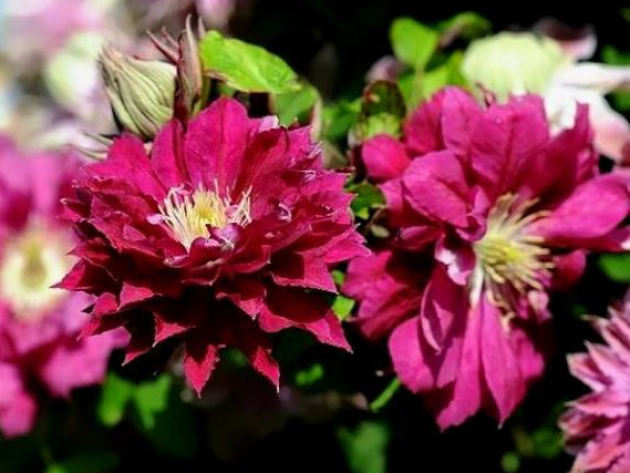
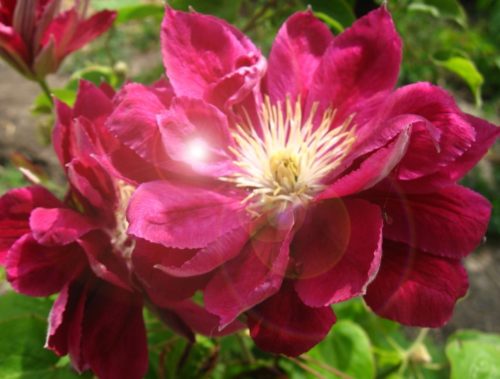
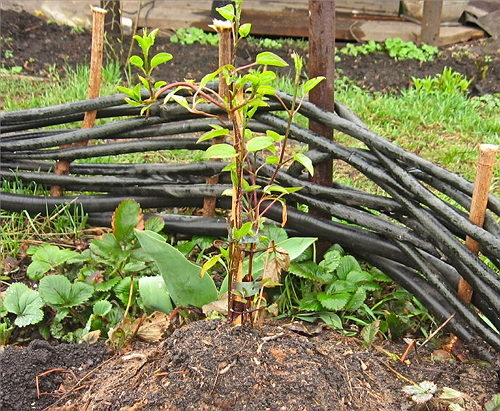
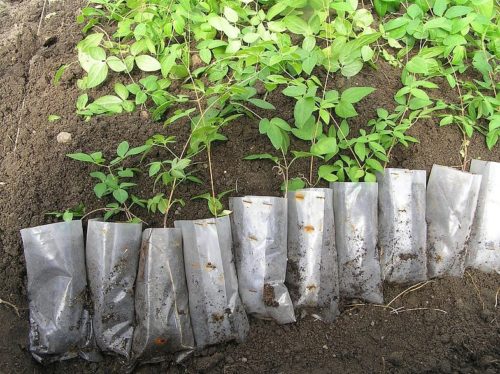
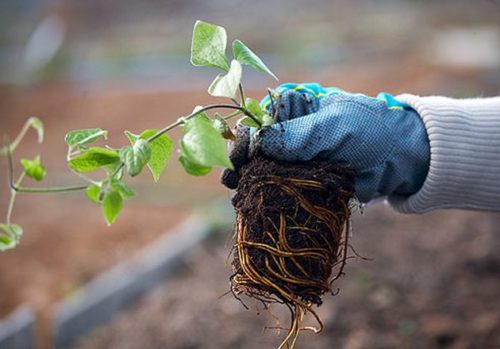
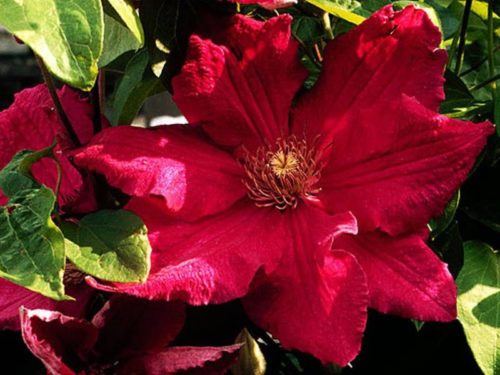

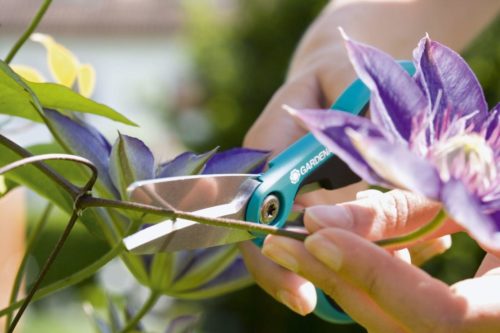
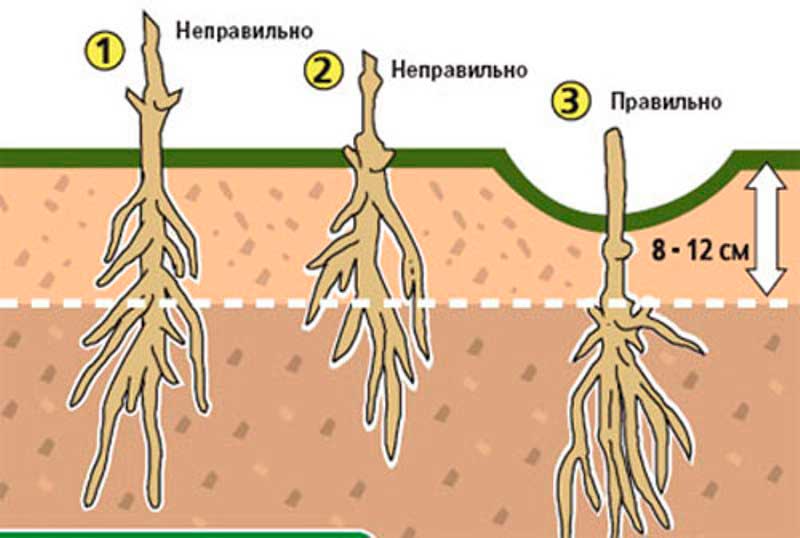
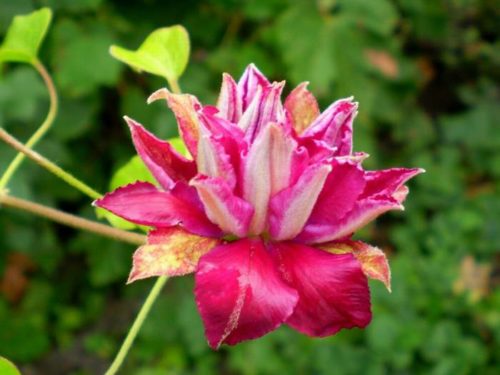
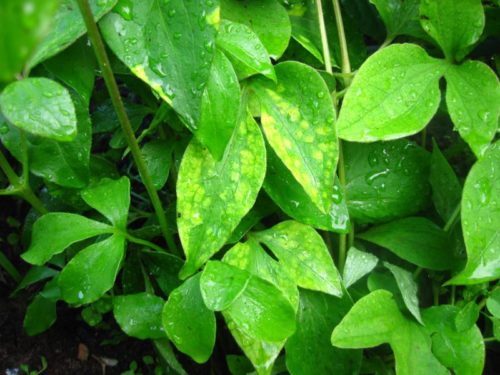
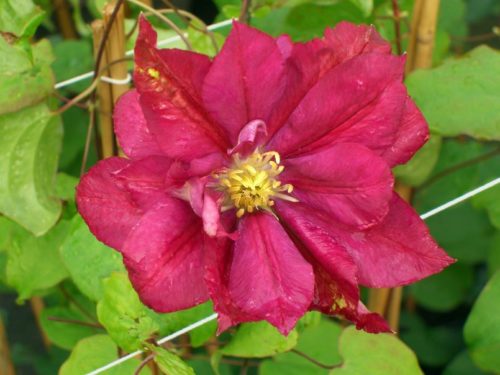
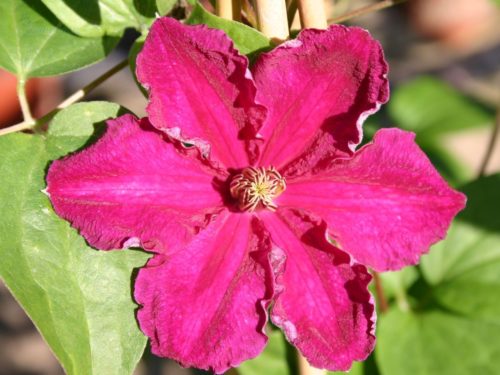
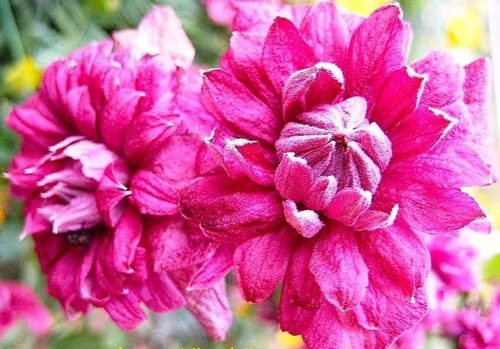
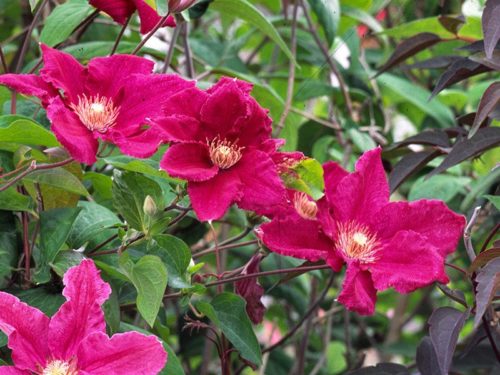












 Start a discussion ...
Start a discussion ...